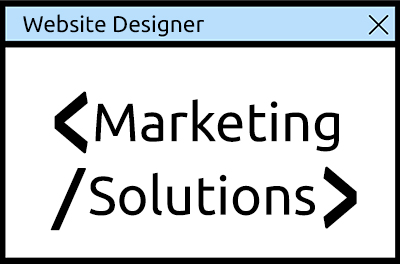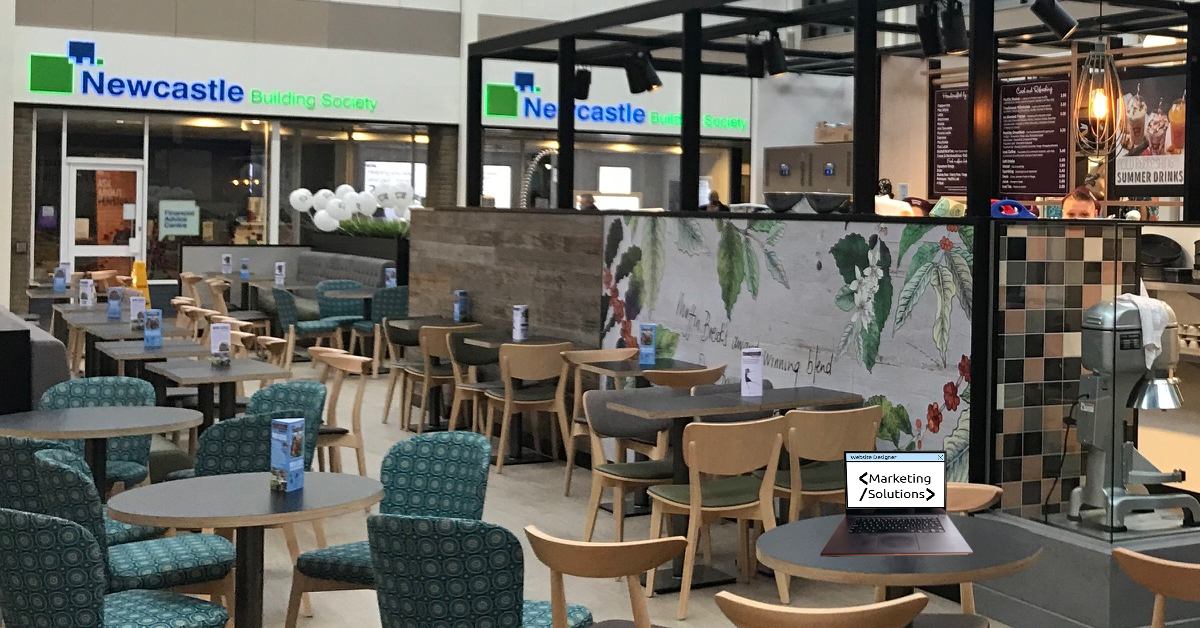So you have a great range of products you can’t wait to show the world and just as soon as your new website is up and running you can start getting rich. After all you just need to do is throw it up using a free or cheap template and then sit back and collect the money, it’s as simple as that. Or is it?
Of course not; if it was that easy we’d all be rich overnight. The idea that because you have something to sell people will come flocking with credit cards at the ready is more than a little optimistic, a good site that people trust and find easy to get around doesn’t just happen by chance. You have to put the work in to ensure that the moment visitors land on your site they don’t leave again immediately. Any successful website has to be a positive experience for visitors if they are going to buy from it and return in the future.
An awful lot of sites lose visitors simply because the colours or graphics are offensive to the eye and indeed the brain itself. The effect of colour on human behavior is well-documented. For example those who use a lot of red on their sites may not realise that in nature, this colour is often used as a warning sign. Too much red and yellow, especially mixed together, don’t help us relax and want to linger; they encourage us to leave as fast as possible – not ideal if you want to keep visitors on your site.
Professional firms such as solicitors, financial institutions and other bodies often use the navy blue, maroon and dark green on their sites as these are the colours we associate with safety and tradition, giving a sense that these institutions are knowledgeable and trustworthy. You will notice that blue and navy are also used by pharmaceutical companies and medical sites because it instills a sense of security.
Therefore when you come to design your company logo and your site ‘packaging’, you should sit down and consider very carefully what colours you will choose to best represent what you are all about, therefore the colours you choose in designing your website need to be right.
Always try to present your information as simply and clearly as possible. Start with a pen and paper and jot down the number of main categories of that will appear on your home page. Then under each category, list your sub-categories and under each of these, any further sub-categories. This will be your format for structure of your site and is what to use to start building the navigation.
Once it is designed be determined about sticking to it and, remember, whether you are furnishing a room or arranging flowers less is always more and this applies to web design in bucket loads. By all means offer your readers more than one way to get to the pages they need, but avoid adding clutter and flashing banners all over your shop.
In fact in the general layout you should never clutter your pages too much. On the printed page, allowing your text room to “breathe” by leaving space around it is a good strategy. It gives a pleasant feel of simplicity and orderliness, and doesn’t overwhelm the eye. This is even more important when people are looking at a computer screen where reading text can a strain on the eyes. Help your readers by breaking up your text into shorter paragraphs, ideally about five lines long. Insert line spaces between your paragraphs. This way you are much more likely to hold your readers’ attention.
Readability is another vital issue. How many people will buy your product if they can’t read the blurb on your website? You will need to consider font size which should be somewhere between 9 and 12 point text, depending on the font and font style using ones that are easier to read. Sans serif fonts such as Arial tend to display better online than serif fonts with “tails”.
Studies have found that at sizes of 10 points and less, Verdana is significantly more readable than Arial. Serif fonts however are fine for headlines and smaller blocks of text. Don’t overuse capitals as they only make your text look terribly ‘loud’ or like an aggressive sales pitch. Exclusive use of upper or lower case letters for larger blocks of writing will make your text much harder to read.
Text and background colour is an important point. Have you ever tried to read a page of small white print on a pastel background on a computer screen? Almost impossible, isn’t it? Studies show that the most comfortable combination for reading is a dark text on a lighter background. Studies have found that peoples’ response to a website changed when three factors related to the colour were manipulated: the hue, brightness and saturation of the colours used, so it just goes to prove that you should never dismiss the significance of visual tweaking on a site.
Many people are aware that the maximum readability of texts on computer screens is achieved when using black typeface on a white background and again existing research shows that this combination, which offers maximum contrast and readability, does indeed seem to be the best choice when your purpose is purely to convey information. However, when a buying decision is to be made, aesthetics also comes into play. It has been found that the clever and subtle use of colour, while maintaining high contrast had a positive impact on peoples’ decisions to buy.
In other words: it’s always worthwhile investing time and money in a good design because it will pay off. It is also important to bear in mind the way that different cultures perceive graphics, layouts and colours. You need to know that if the users of your site will be from a culture other than your own they won’t find it distasteful or boring. There is a mass of information on the internet that can help you avoid any negative associations for your target culture.
Finally the latest research suggests that customers were able to recall information about products better when the colours used on the sites were somewhat muted rather than very bright. People browsing such pages stated that they were more likely to buy the company’s products and these same people complained of feeling “attacked” when the colours used were too bright. They appeared to prefer websites that were comfortable both in use and in the psychological feelings generated by visiting the site. They also felt that websites that were difficult to read seemed to be unprofessional and that they would be unlikely to buy from such sites.



